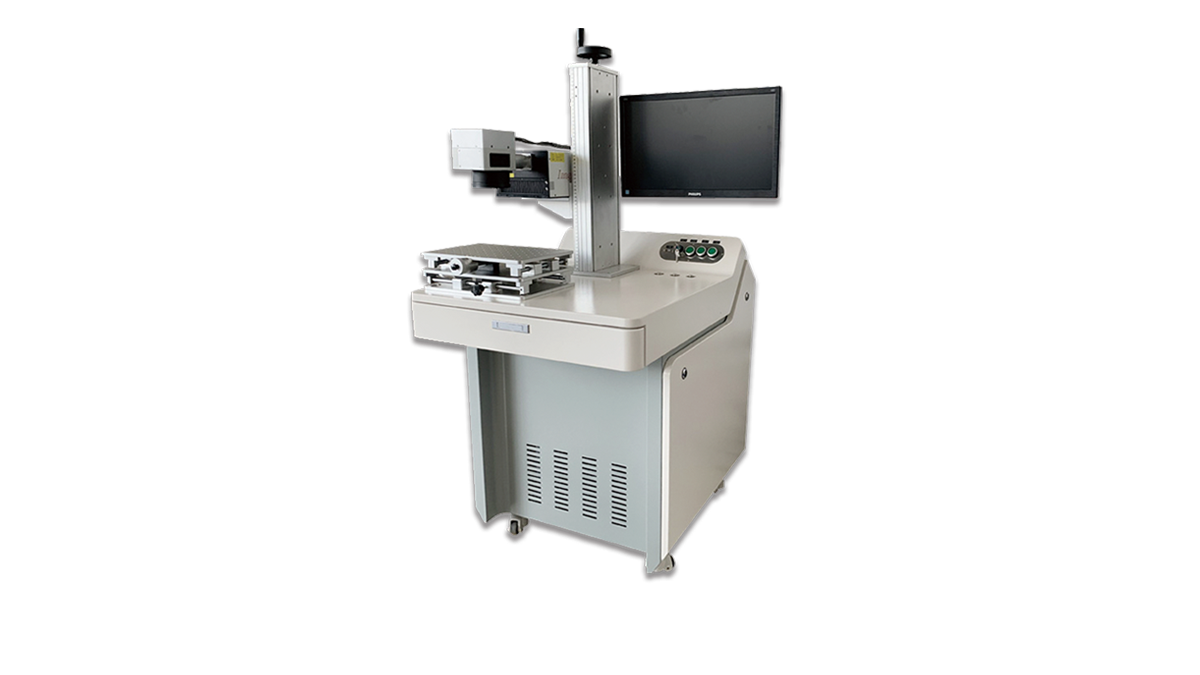How do You Choose Best UV Laser Marking Machines
Choosing the best UV laser marking machine requires a systematic approach to ensure that the machine meets your specific marking needs with precision and efficiency. UV laser marking machines are particularly useful for applications that require high-quality, fine-detail marking on sensitive materials. Here's a step-by-step guide to help you select the ideal UV laser marking machine:
Application Requirements: Understand your marking application requirements. Consider factors such as the type of materials you'll be marking (plastics, glass, ceramics, etc.), the desired marking depth, the level of detail required, and the production volume.
Wavelength and Material Compatibility: UV laser marking machines emit ultraviolet light at a specific wavelength. Ensure that the machine's wavelength is suitable for the materials you intend to mark. UV lasers are effective for marking materials that are sensitive to heat, like plastics and certain metals.
Marking Speed and Productivity: Evaluate the machine's marking speed and its ability to meet your production volume demands. Consider how quickly the machine can mark a single item and how this translates to your overall production process.
Precision and Detail: UV laser marking is known for its ability to produce intricate and high-resolution markings. Review the machine's specifications to ensure it can achieve the level of detail required for your application.
Ease of Use and Software: The UV laser marking machine's software should be user-friendly and capable of importing various design formats. Look for software that offers design flexibility, allows for parameter adjustments, and provides simulation tools to preview markings before actual execution.
Customization and Flexibility: Consider whether the machine can accommodate a range of marking sizes, shapes, and orientations. Flexibility is important, especially if you have diverse marking needs.
Integration and Connectivity: Check if the machine can be integrated into your existing production setup. Connectivity options such as Ethernet, USB, or wireless capabilities can enhance workflow efficiency.
Maintenance and Serviceability: Choose a machine that is easy to maintain. Accessible components and clear documentation can minimize downtime and maintenance costs.
Reliability and Longevity: Research the manufacturer's reputation for producing reliable machines. A reputable brand often translates to better build quality and longer machine lifespan.
Cooling and Heat Dissipation: UV laser marking generates heat. Ensure that the machine has proper cooling mechanisms to prevent overheating during prolonged operation.
Support and Training: Opt for a manufacturer that provides comprehensive training for operating and maintaining the machine. Additionally, reliable customer support can be crucial in case of technical issues.
Samples and Demos: Request samples of markings on similar materials to evaluate the machine's output quality. If possible, attend demonstrations or exhibitions to see the machine in action.
Reviews and References: Look for customer reviews and references from businesses that have used the same or similar machines. Their experiences can provide insights into the machine's performance and reliability.
Price and ROI: Consider the initial investment cost, but also factor in the potential return on investment (ROI) based on increased productivity, improved quality, and reduced operational costs.
Future Expansion and Upgrades: Anticipate future needs and growth. Choose a machine that allows for upgrades or expansion to accommodate changing requirements.
By systematically evaluating these factors, you can confidently select the best UV laser marking machine that aligns with your specific marking needs and contributes to the success of your production processes.

评论
发表评论